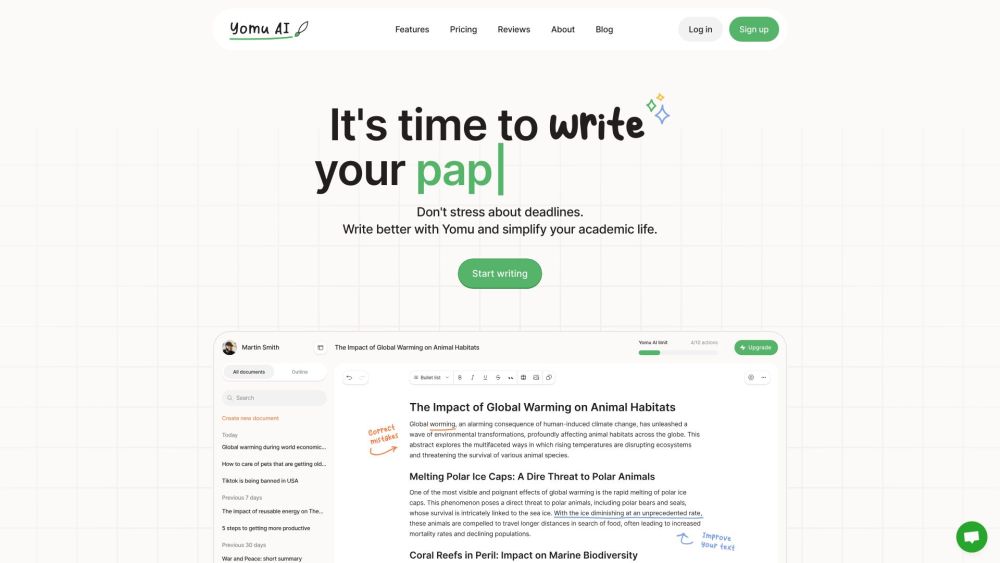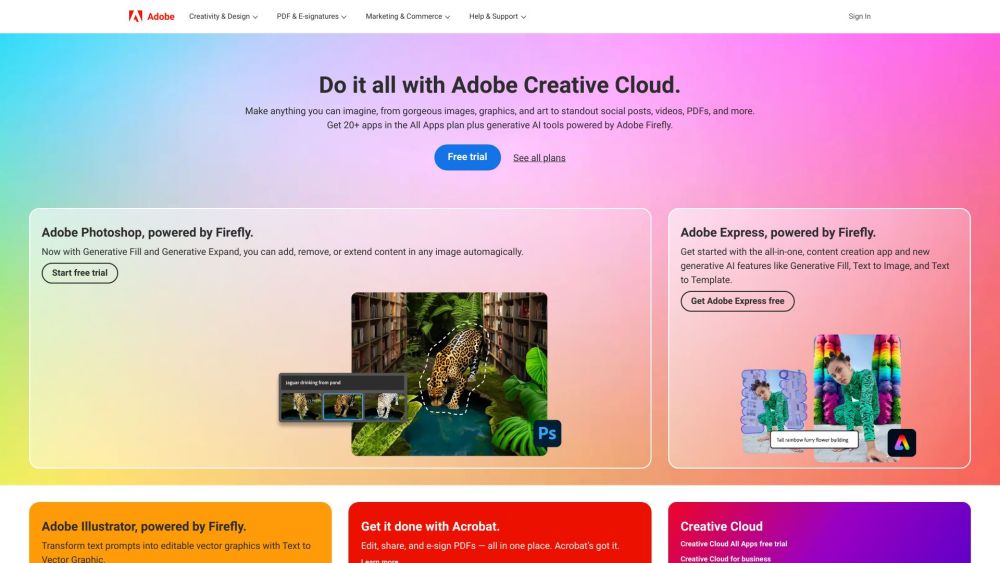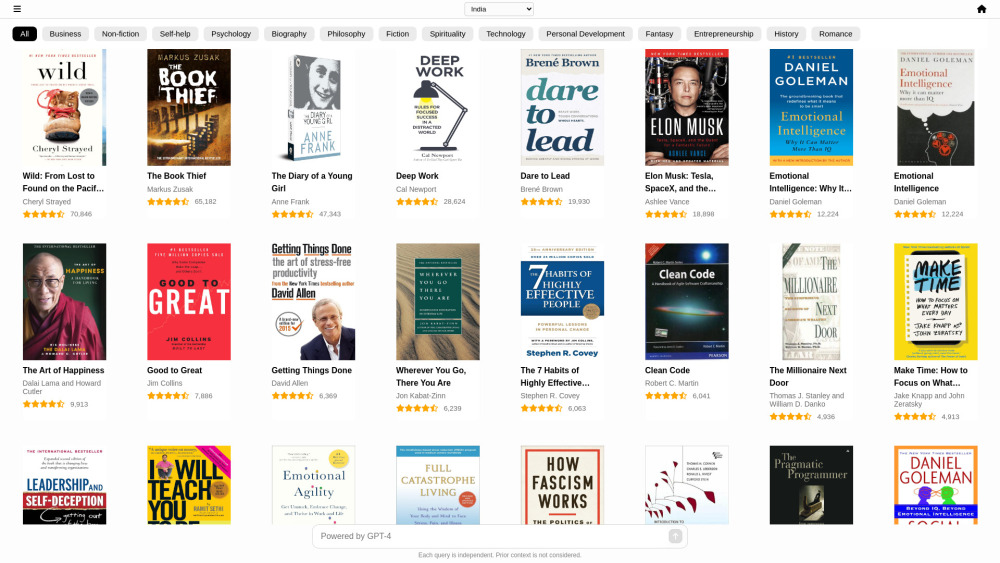Google is currently hosting its Cloud Next conference in Tokyo, emphasizing enhancements to its databases tailored for AI workloads. As we enter 2024, it's clear that AI remains the focal point for major tech firms. The conference highlights updates to Spanner, Google’s SQL database, which now includes support for graph and vector searches, alongside improved full-text search capabilities.
No Google announcement would be complete without the integration of Gemini-powered features. This includes the incorporation of Gemini in BigQuery and Looker, streamlining processes for data engineering, analysis, governance, and security.
Google emphasizes that while many enterprises regard generative AI as vital to their success, they often struggle with unmanaged data, which limits their analytics and AI objectives. “They must break free from data silos and islands, transitioning to a consolidated multimodal data platform. This platform should encompass both structured and unstructured data, as generative AI excels at analyzing unstructured data. It's essential to merge data at rest with active data processing,” explained Gerrit Kazmaier, Google’s VP and GM for database, Data Analytics, and Looker. He highlighted that activating enterprise data flow is central to the new features introduced.
Spanner's Enhanced Capabilities
Spanner powers many of Google’s flagship products, including Search, Gmail, and YouTube, serving renowned clients like Home Depot, Uber, and Walmart. While Spanner manages vast amounts of data effectively, integrating vector and graph databases is crucial for enhancing enterprise data within generative AI applications.
“What we envision is leveraging Spanner’s availability, scalability, and relational model to position it as the optimal data platform for operational generative AI applications,” noted Andi Gutmans, Google’s VP and GM for databases. To this end, Google is introducing graph capabilities to Spanner, utilizing the emerging GraphQL standard. This will enable enterprises to enrich their generative AI applications and foundation models through retrieval augmented generation (RAG), which is rapidly becoming the industry standard for this application.
New features in Spanner also include full-text search and vector search, with the latter backed by Google’s advanced ScaNN algorithm. Google states, “With Spanner Graph, full-text search, and vector search, we’ve transformed Spanner into not just the most available and scalable database, but a multi-model database with intelligent capabilities to support the next generation of AI-enabled applications.”
Updates to Bigtable and Oracle Integration
In addition to these AI-focused updates, Spanner is adopting a new optional pricing structure called “Spanner editions,” offering a tiered pricing model for greater flexibility. Until now, Google Cloud customers had to choose between a single-region or a multi-region version, the latter providing additional features like replication.
Google also announced a significant enhancement to Bigtable, its NoSQL database for unstructured data and latency-sensitive workloads. Bigtable now supports SQL (specifically, GoogleSQL, Google’s own dialect), making the service more accessible for developers. Previously reliant on the Bigtable API for queries, developers can now utilize approximately 100 SQL functions.
For fans of Oracle databases, Google has extended its offerings to allow users to host their Oracle Exadata and Autonomous Database services directly within Google Cloud data centers. This development enables seamless connectivity between applications on Google Cloud and Oracle Cloud, ensuring that users remain compliant with their licensing agreements, even if they operate outside Oracle's ecosystem.
Additionally, Google Cloud now supports open-source Apache Spark and Kafka for data streaming and processing, along with real-time streaming capabilities from Analytics Hub, a service designed for secure data sharing between organizations.




